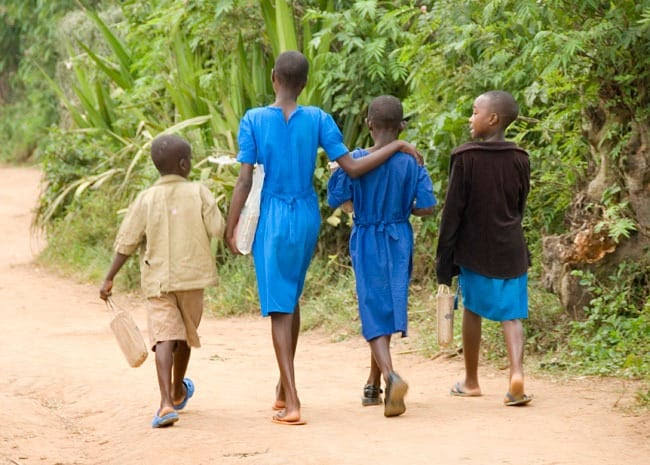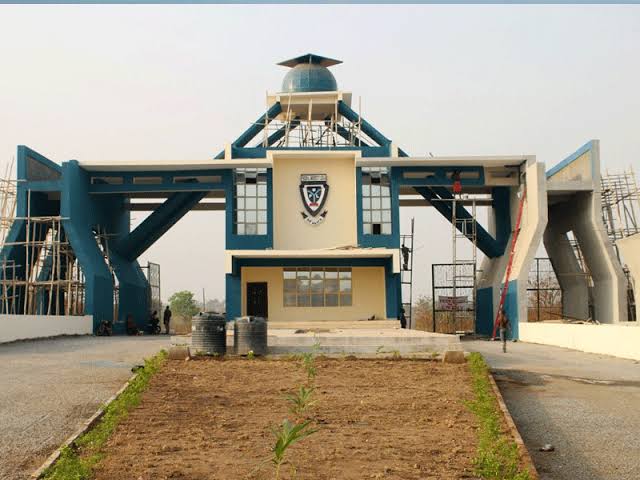The education access gap in Nigeria is the disparity between those who have access to quality education and those who do not. This gap is most evident in rural and underprivileged communities where children struggle to gain even primary education, let alone secondary or tertiary schooling.
According to data from UNESCO, Nigeria has one of the highest numbers of out-of-school children worldwide. In 2022, over 20 million Nigerian children were out of school, with most in the northern states, where poverty, insecurity, and gender inequality are prevalent. This access gap is primarily due to various socio-economic and political factors.
In the northern regions especially, cultural norms, and socio-political instability contribute to lower school enrolment rates. Urban centres in Nigeria generally have more schools, resources, and teachers than rural areas, where education infrastructure is severely lacking.
With over 40% of Nigerians living below the poverty line, many families cannot afford school fees, uniforms, or transportation costs. For households struggling to meet basic needs, education often becomes secondary.
Gender Disparity: In certain parts of Nigeria, especially the northern states, cultural expectations often prioritise boys’ education over girls’. UNICEF reports that nearly half of all out-of-school children in Nigeria are girls, with parents less likely to invest in girls’ education due to traditional gender roles.
Nigeria’s school infrastructure is stretched thin. According to a 2021 government survey, thousands of communities lack access to basic primary and secondary schools. Also, in many urban areas, where schools are more available, overcrowding remains a challenge, with classrooms holding 50-100 students, reducing individual attention and learning effectiveness.
Another major concern with the access gap is the shortage of teachers. Nigeria faces a shortage of qualified teachers, especially in rural areas. Many trained teachers prefer urban postings due to better pay and living conditions. Therefore, students in rural areas do not have access to enough teachers. This often result into teachers not being able to jandle large classes or adapt to diverse learning needs, further affecting access to quality education.
In addition, the rise of Boko Haram and other extremist groups has severely impacted educational access in Nigeria’s northeast. Schools have been targets of attacks, kidnappings, and arson, creating an environment where families are afraid to send their children to school. In recent years, the north-western states have faced an increase in banditry and kidnappings. This insecurity forces schools to close and dissuades children from attending, further widening the access gap.
The access gap also perpetuates gender inequality, particularly in the northern regions. Educated women are more likely to contribute economically and socially, and their exclusion from education reinforces traditional, restrictive gender norms that limit women’s potential.
Despite these challenges, several initiatives have been introduced to bridge the education access gap. Success has varied, but these initiatives provide valuable insights into potential long-term solutions.
One of the initiatives formed to mend the access gap is the Universal Basic Education (UBE). Launched in 1999, the UBE programme aims to provide free, compulsory basic education. However, the programme has faced challenges due to limited funding, inadequate facilities, and inconsistencies in implementation. Also, the National Home-Grown School Feeding Programme seeks to improve school enrolment by providing meals for students. Studies show it has encouraged attendance in some communities, although it requires scaling for a larger impact.
There are also some Non-Governmental Organisations (NGOs) and International Aid including UNICEF and Education in Emergencies. UNICEF has been instrumental in providing educational resources to children in conflict zones. They have established temporary learning centres and provided psychological support to traumatised students. In addition, ActionAid has built community schools in rural areas, improving access to education for many out-of-school children.
Bridging Nigeria’s education access gap requires a multifaceted approach that includes increased investment, better infrastructure, qualified teachers, and community support. While the journey is long and challenging, addressing this crisis is essential to unlocking Nigeria’s full potential. Access to education is a fundamental right, and every child deserves the opportunity to learn, grow, and contribute to their nation’s future. Ultimately, Nigeria’s education access gap isn’t just an issue for policymakers; it is a national priority that affects every citizen. A more accessible education system is the foundation upon which Nigeria’s economic and social future will rest, making it essential to tackle this conundrum head-on.














